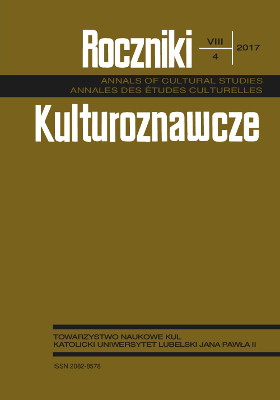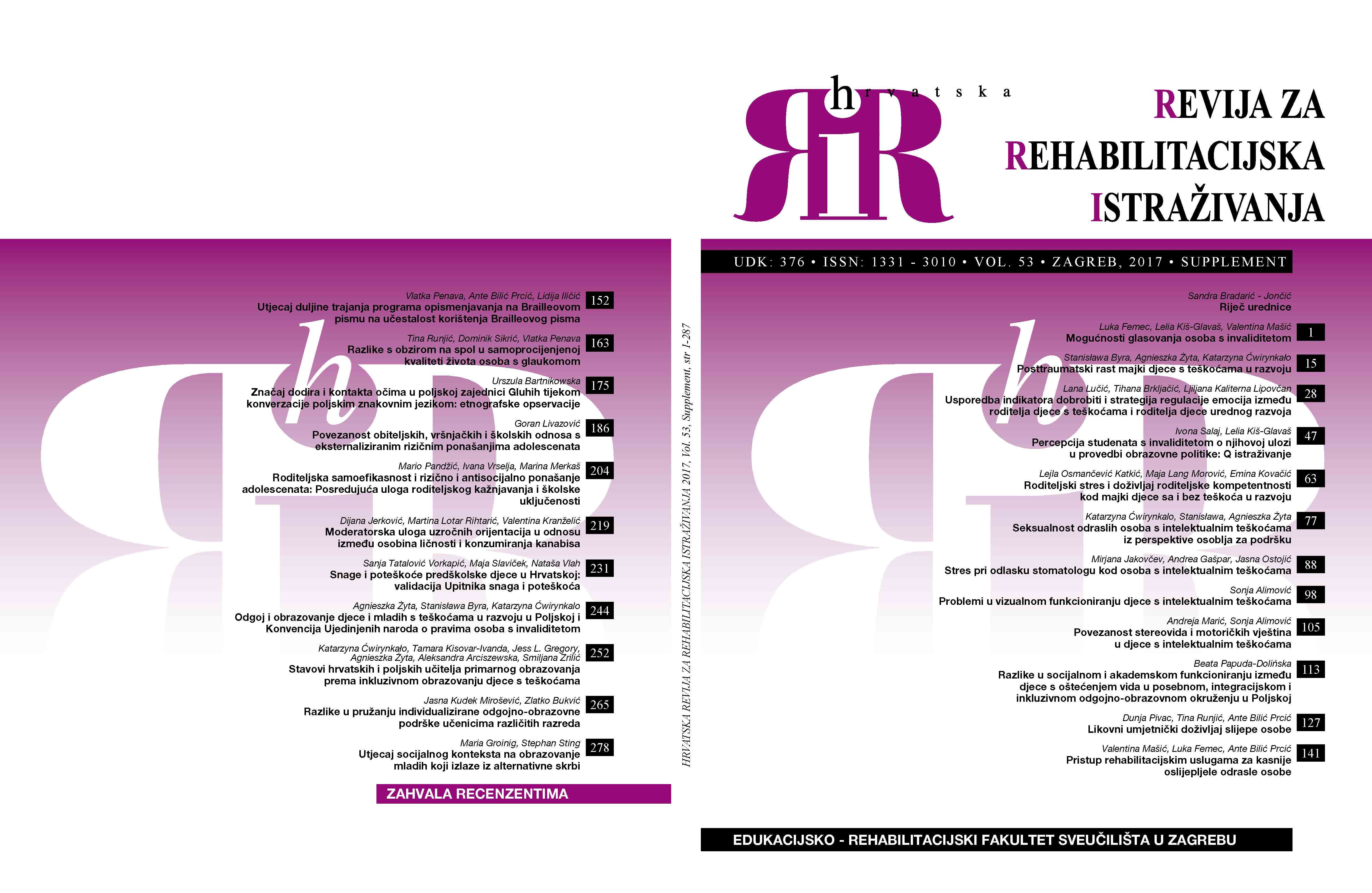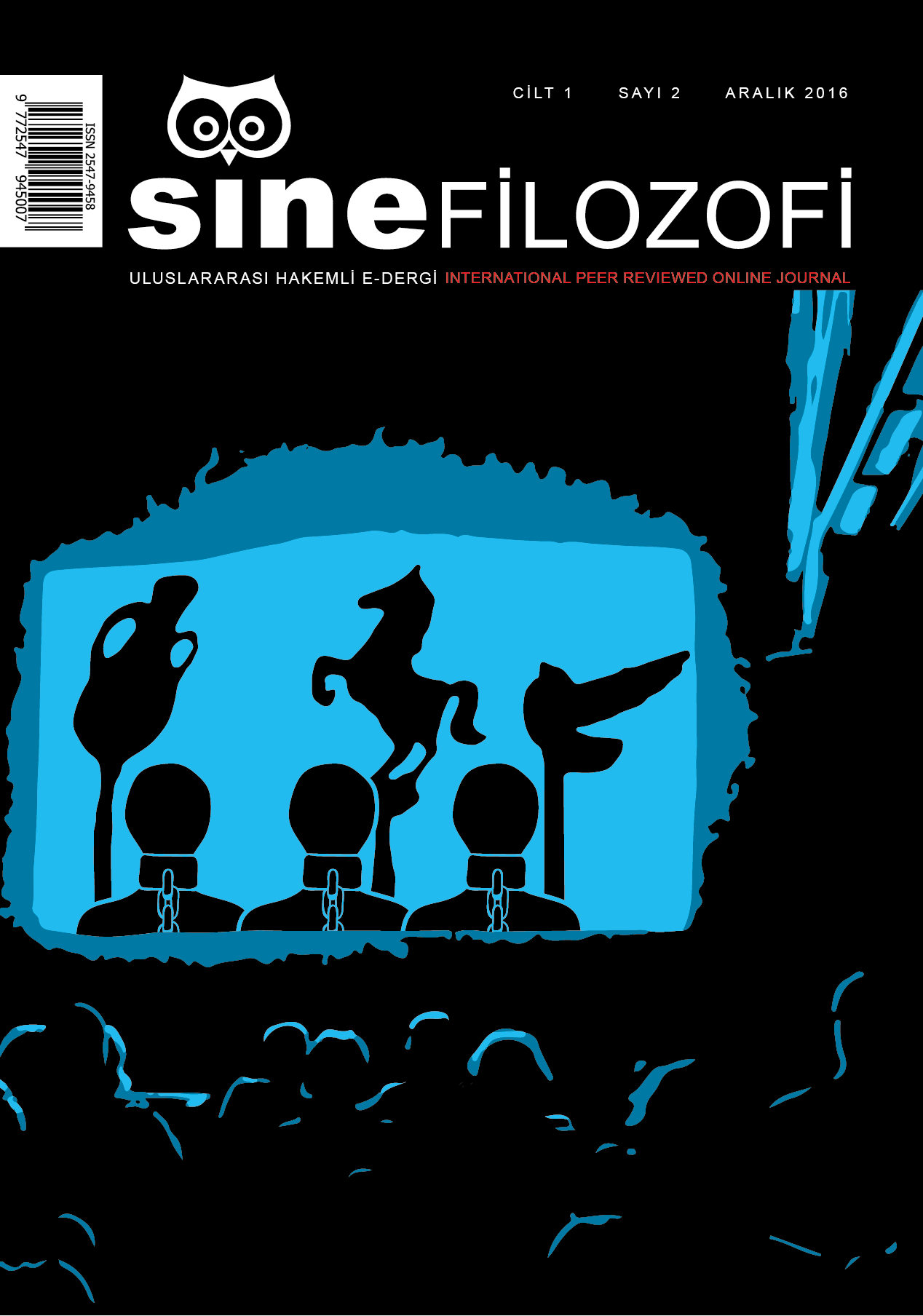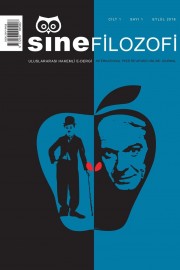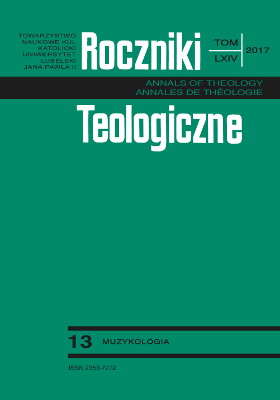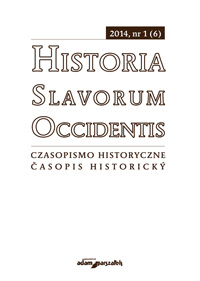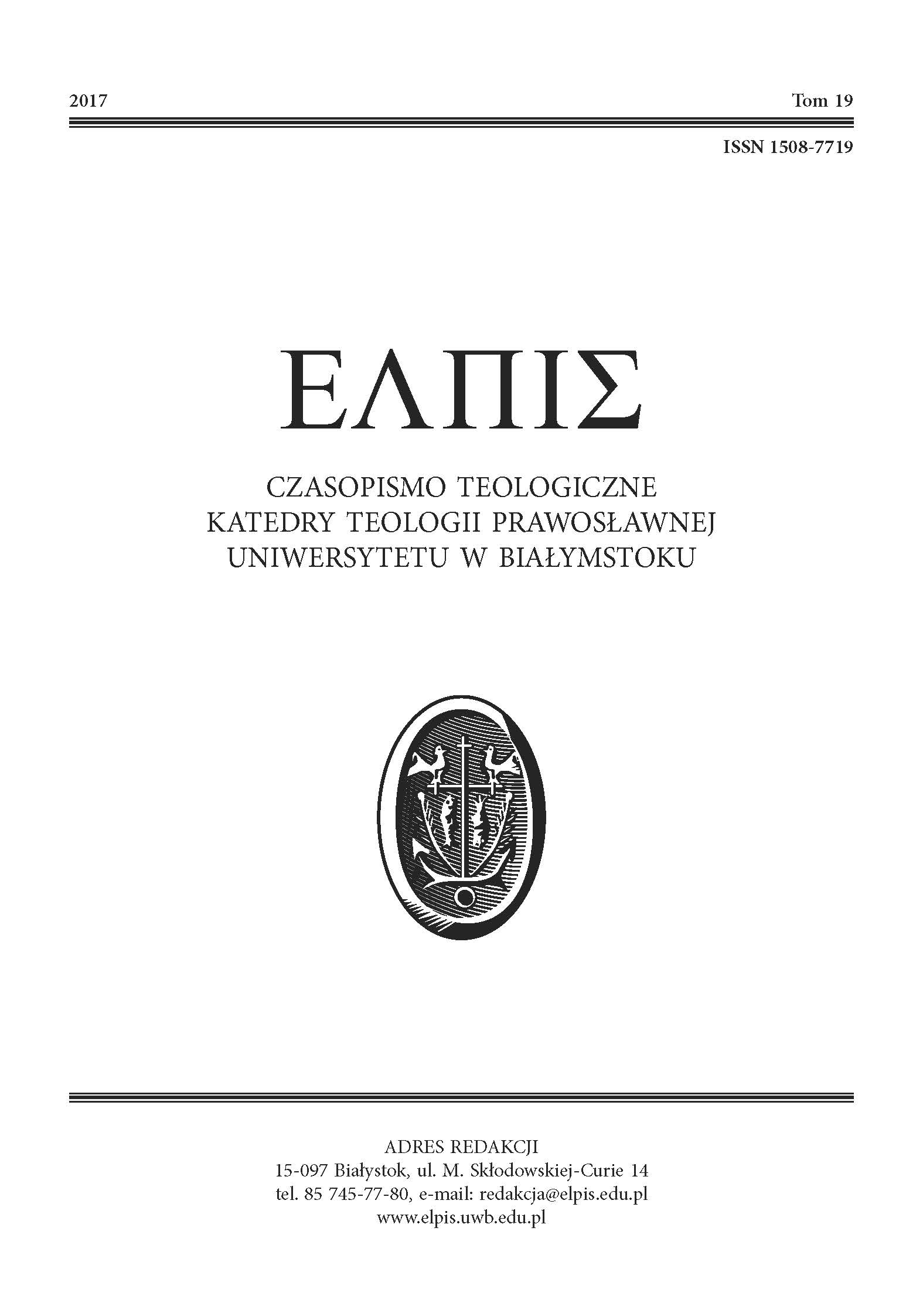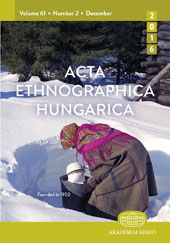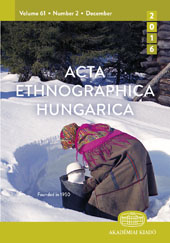Author(s): Iryna Vernudina / Language(s): Ukrainian
Issue: 1/2013
The article reviewed and analyzed the most important components of creating an artistic image of the art in terms of aesthetics and psychology. The study of the conceptual problems of artist and art that emerged in the Ukrainian humanistics on the verge of the 19th and the 20th centuries should be conducted in the domain of philosophical, aesthetic and psychological paradigm. As one of the most important issues of spiritual and cultural life of the person and of all humanity, it is embedded in the context of the evolution of European and global aesthetic thought, marked by the urgent needs of (necessities) of the time. With the change and diversification of artistic ways of understanding of the world the role of the artist in the process of creation is not only growing, but eventually it has acquired paramount, deep-sense, universal values. As a result of this, the creativity becomes the anthem of individual world perseption, the development of personal features and the inner potential of the creation of subject. Thus the essence of the creative process lies not in the the source material used by the author for his work but in the way he interprets which emotions and feelings it evokes later in the perceiving soul. The unique process of creating an artistic image represents a powerful implementation of creativity, his own "ego" of the artist and at the same time – the creation of personal and sensual world of art. It is an artistic image, its megaessence that displays the perception form of reality and the specific artist’s refraction.The unique artistic personality itself becomes the "building blocks" of the image. If the art image were originally clear and transparent, so that it could be easily verbalized or fully translated into the language of logic, science could replace art. "If the scientific and logical thinking is clear and unambiguous, the figurative thought is always ambiguous". If an artistic image were that way, it would be impossible to characterize it by means of words than neither literature or art criticism would exist. However, "if psychology could reveal exactly causal relationships in a work of art and the artistic creativity – noted K.-G. Jung – then all art criticism would completely lose independence, and it had to incorporated into psychology as an ordinary subdivision". An artistic image appears in two dimensions of its existence: on one hand, the "independent objective reality" that exists "regardless of its creator and the subject that has inspired it," and on the other hand this is the "work of the human spirit, an expression a particular individual "ego". The first aspect , as it has been rightly stated by I. Manoha, is pertinent to the major part of art criticism and its various applied branches, the second is pertinent to the field of "philosophical and psychological understanding of the nature of human existence", forms and methods of "self-expression of the individual" ego "of human nature as a whole". According to the psychologist, an artistic image, directly or indirectly affects artistic influences on the development of social and even historical processes". It is worth while mentioning that the famous Ukrainian filmmaker Yuri Illenko advocated the similar idea: "An artistic image, opposed to scientific conceptual categories, can capture and display the phenomenon as a whole". We believe that it is the process of creating an image that is the most mysterious and enigmantic one. Most artists can not explain either the rise of its stages or those special ideological plexus and combinations that eventually provide him with such "units" and not otherwise. Art in its aesthetic nature exists primarily in the form of perfectly constructed artistic image, which aims to discover the eternal truth of the natural and universal existential meaning. The aesthetic integrity of the image demonstrates the internal depth potential of the human soul, the search, the implementation and imagination of ideas about beauty, an eternal human desire for harmony and perfection, this an aesthetic ideal. An aesthetic and artistic ideal of the artist " can have different levels of implementation: from a fragmented coverage of an ideal image of unity to the elegant aesthetic one, from the hidden content potentially available sense to explicitly pronounced, contemporary aesthetic sounding , from the superficial , really substantial statement of the identified components of the image to the revealing contents of the deep substantiality of the image, from ascertaining forms to the aesthetic ideal of "symphonic sound" of his harmony. Today, alongside with poetic imagination as such is defined by the basis of the creative abilities of a recognized artist, a background creative act in art. The artistic essence is hardly possible without highly developed associative imagination . This imagination is the source and precondition of an artistic image. Such psychic phenomena as perception, understanding, intuition, emotions, feelings, memories, subconscious impulses work in tight cooperation with the artistic and creative imagination. Smooth operation with artistic images in the imagination of the artist allows him or her to "jump" over some incomprehensible stages of thinking to achieve the desired result. An artistic creation is the embodied dream of the creative personality, revealed by the means and methods of image making. Artistic images embody feelings, emotions, life observations and imagination and creative imagination combine images into one reality and art. Truthfulness and honesty are the main features of true art, because art is a specific human trait, the aesthetic and spiritual need of a human being. To create a truly new, conspicuous, unusually new a creator must suffer, live it through mentally and emotionally. In addition to this an artist should possess perfect professional skills, perfect execution of creative design techniques and artistic means. While exploring the characteristics of creating an image, may we emphasize the following : significant artistic images reflect certain needs, desires, expectations, internal conflicts of the author, as well as their transformation and processing in his imagination. Therefore the image, as a result, is created by the artist’s mind as well as his subconscious object upon which he projected his own feelings and emotions, affects and passions, intellectual and emotional experience, that is – which is a projection of the artist’s own inner world . These internal mental processes of "identification" and "transference" can be carried out both consciously and unconsciously for a creative person. In the first case, the object of identification serves as a prototype of the image, in the second one – appears an opportunity to manifest hidden needs and intentions of the author, with a significant difference from his real experiences. Thus, the process of art is both the embodiment of inner secret installations and experiences of the artist and by the creation, in fact, of an artistic image. In its turn, the artistic / poetic image as a result of creativity – this is an accomplished, the concrete sensual, generalized and individual experience permeated by his own aesthetic and artistic outlook. So the essence of the aesthetic image is directly related to the individual characteristics of the artist, his conscious and unconscious mental characteristics, the world of his values throughout the course of their difficulties and conflicts. The richness and composition of the work of art is also characterized by the creative capacities of the author. The specificity of the reality perception, unique properties of the subject of creation are responsible for making meaning of the image. The process of creating an artistic image is the act of deploying an individual, the desire to embody an aesthetic ideal, to "decode" the secrets of universal artistic culture of mankind. An artistic image is a bridge between the real world and its representation, an alive "cell" of art, its megaessence (D. Kucheryuk). An artistic image is the projection of the inner world of the author, the implementation of the creative "self-concept", a personalistic dimension of existence.
More...
